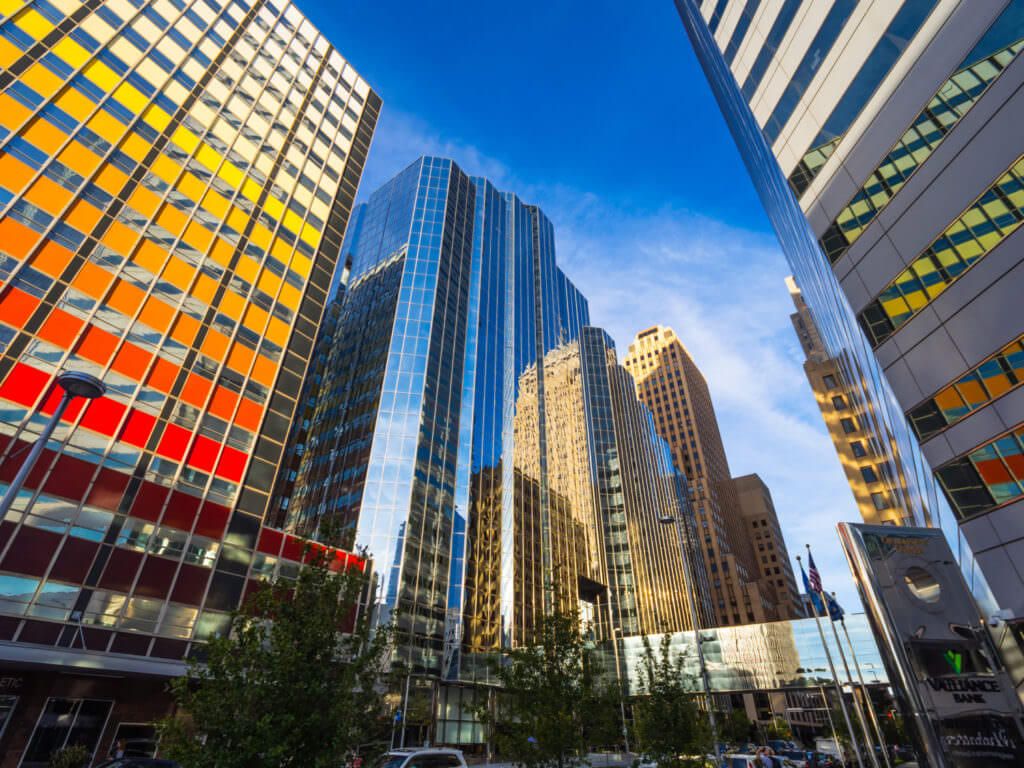With the regulatory landscape for CBD in Europe growing more and more tenuous, some hemp growers are adamant that fiber-based products offer a way to prop up the industry.
One such business is HempFlax, Europe’s largest independent hemp grower and processor. The Netherlands-based company acquired German natural fiber insulation manufacturer Thermo Natur earlier this year to diversify its product offerings, double down on hemp construction materials and protect itself from CBD-market volatility.
Still, interest and investment in hempcrete businesses and projects has amounted to a fraction of what the CBD industry has experienced—something that grates on Steve Allin, director of the International Hemp Building Association and the author of “Building With Hemp.”
“The focus on CBD is going completely the wrong way and is part of an out-of-date paradigm,” said Allin, who is based in Ireland. “The only CBD I’m interested in is Cannabis Building Design.”
Allin said the construction industry has started to move toward hemp and sustainable materials in parts of Europe, but conventional materials still dominate, and widespread use of hemp “is still a long way away.”
For its third issue dedicated to the international cannabis market, Marijuana Business Magazine spoke with Allin to learn where hemp construction is taking off in Europe and what markets look promising.
What hemp-derived products are currently the most successful in Europe? How do you see that changing?
Fiber and biomass … offer alternatives to unsustainable practices in the textile and construction industries. Recent developments in hemp textile fiber processing and the growing awareness of the benefits of hemp building materials will provide an alternative to the CBD craze. It will also mean a return to more ecological growing methods of field crops rather than neutered marijuana, which is far more intensive (to farm).
Belgian hempcrete block maker IsoHemp reportedly raised nearly $8.24 million (7 million euros) to build a new factory. What do you think this says about investment in the hemp construction sector?
IsoHemp started out as a small local company making hemp blocks with a local hemp supply, which then attracted government help to expand to 1 million blocks a year. Demand has now propelled them into a 7-million-block-a-year entity.
As seen by the expansion of the IsoHemp factory, this value-added enterprise is what the processing sector needs to justify the initial investment.
Expecting the initial investment in primary processing to give quick returns is not realistic. In such a new industry, we need to have value-added products or products that the materials can be turned into to make the enterprise a success.
Where do you see the greatest potential for growth in the use of hemp-based materials?
The systems employed by Greencore Construction in the U.K. and Pedone Working in Italy have great potential and can be made more economic with scale. Hempcrete blocks and the sprayed application offer speed.
France probably has the largest number of construction projects utilizing hemp, and the U.K. has the most diversity.
Anywhere there is hemp production has the potential to “grow” a hemp building sector: Belgium, Netherlands, Canada, Czech Republic, Ireland, Ukraine and Spain also have a growing number of projects completed, and Israel and the USA are catching up.
Who are the growers and processors that have developed a successful supply chain for hemp construction materials?
(Concrete producer) LCDA in France led the way. But as materials were needed in regions where transportation was more expensive from France, processors Dunagro (Hemp Group) and HempFlax—in the small town of Oude Pekla, Netherlands—have expanded into modular housing and hemp-fiber insulation. HempFlax now operates in Romania, so we hope to see more activity there.
In the U.K., East Yorkshire Hemp and more recently Harrison Spinks have been supplying the market.
Where in Europe is hemp fiber currently not being grown but would be well suited to the climate?
The climate in Scandinavia—especially Finland and Sweden—is well suited to growing hemp, and hopefully the pilot projects built there in the past few years will assist with this.
This interview has been edited for length and clarity.





